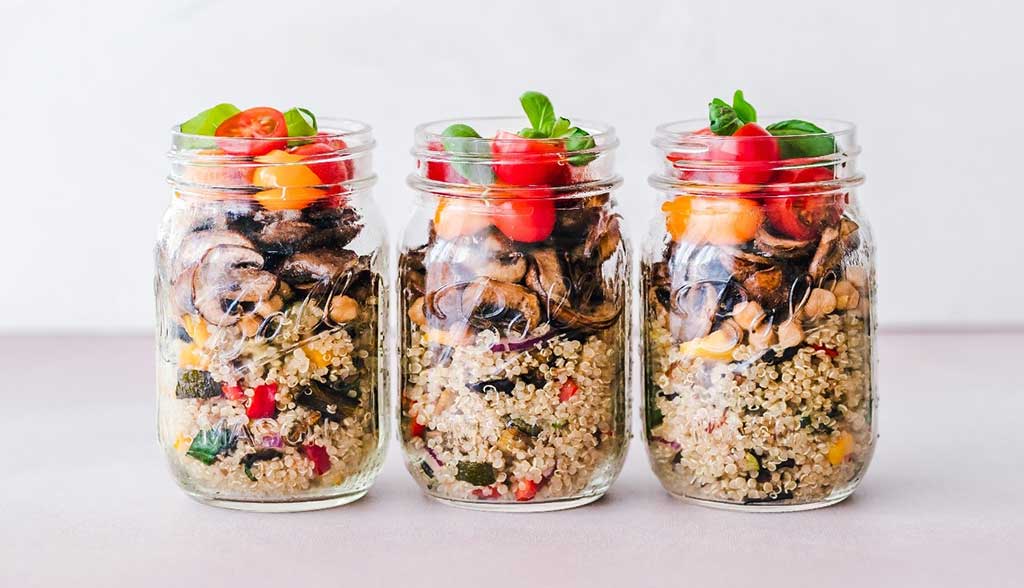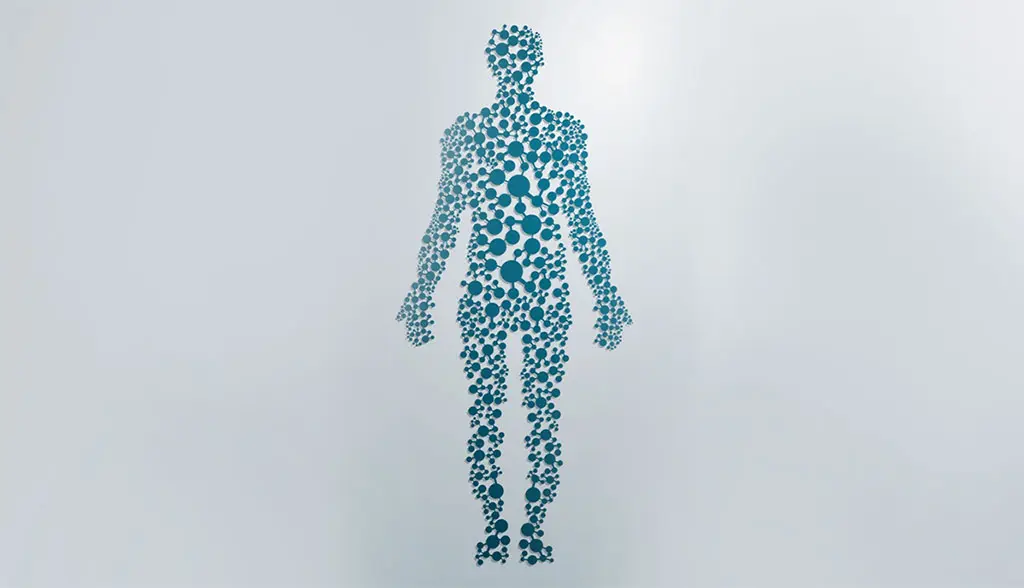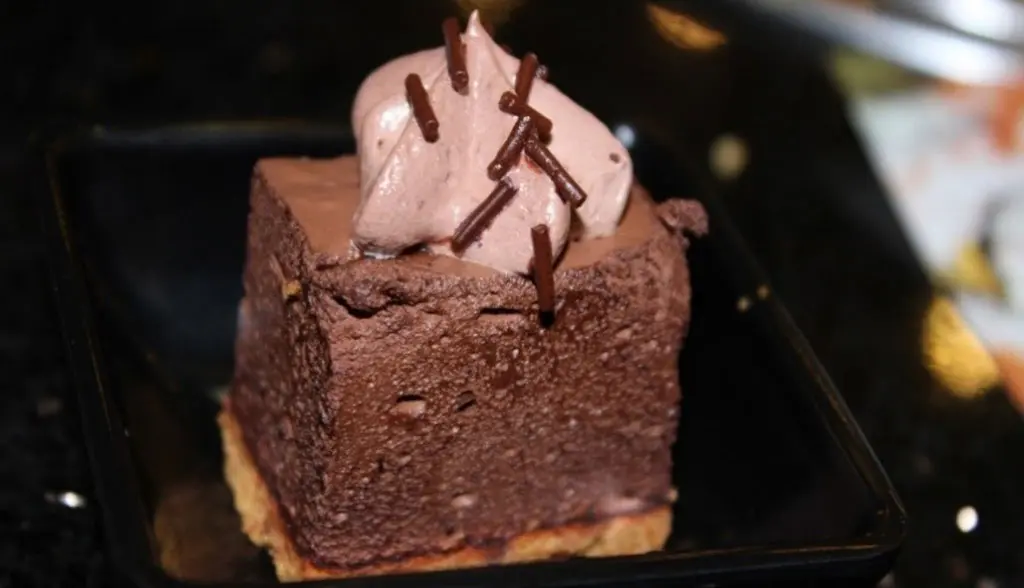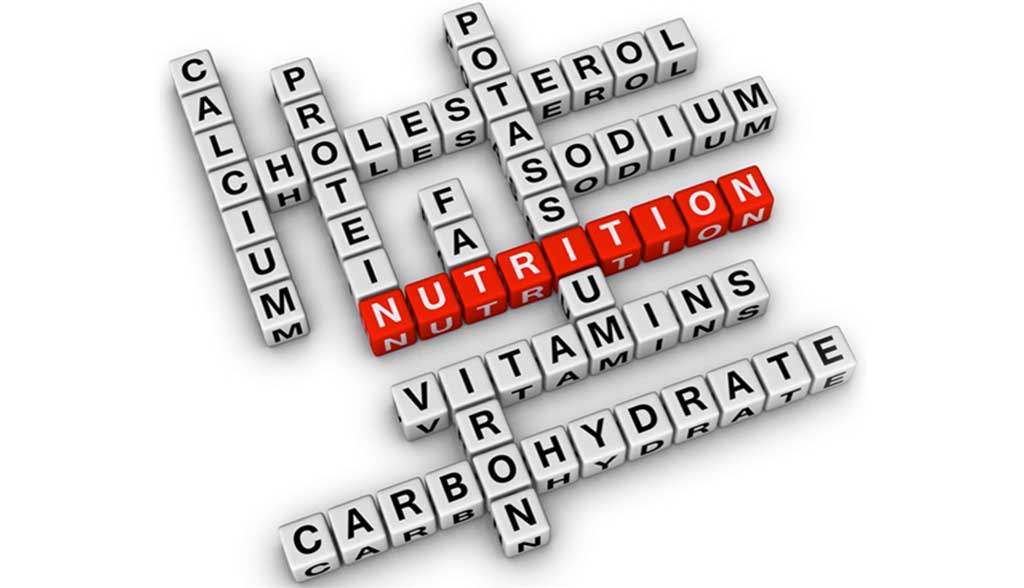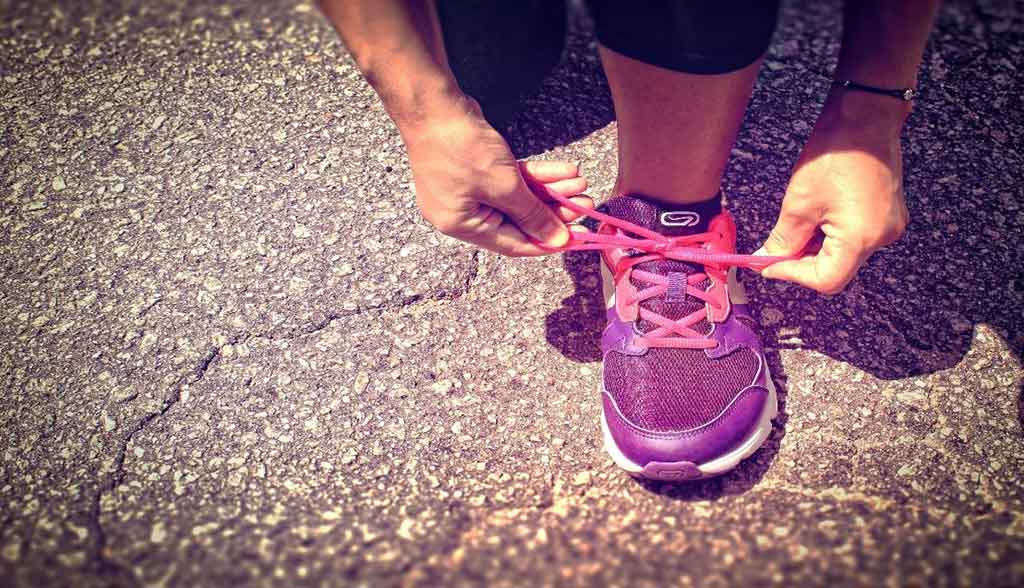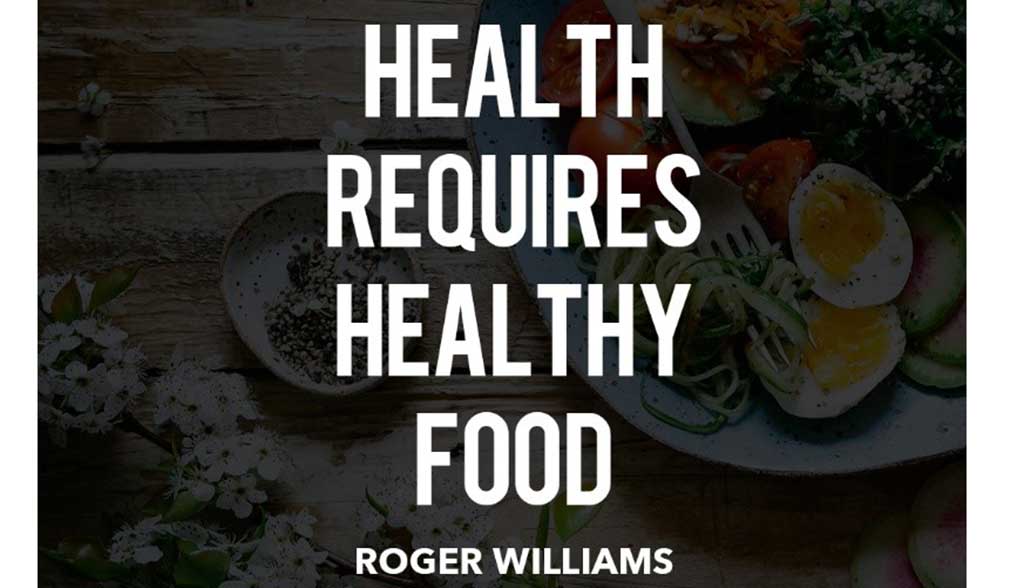Step 1 – Research the career
Researching the career path, you are about to take will help you learn and understand more about what being a massage therapist entails. Can you be patient or empathetic? Receiving a massage is a very intimate experience, so make sure you know what being a massage therapist means before embarking on a path that your heart isn’t completely sold on.
To help discover more about the massage arts and if it is something you’d like to do, why not receive a massage yourself? While being massaged, you can ask the therapist plenty of questions about the profession and what it entails. Doing this will really help you get a feel for the career and is a great way to learn more about the art of massage.
Step 2 – Consider a speciality
Now that you know you’d like a career as a massage therapist, it’s time to consider a speciality. Most therapists focus on one or more specialities, especially when they are first starting out. Learn about the different types of massage and think about whether there’s one that you are most interested in. Once you’ve determined this, you can start finding the appropriate training for the speciality.
Types of massage:
– A Swedish or Holistic massage is the first step when starting out. In our foundation course relaxation techniques, Deep Tissue and Sports Massage movements are taught.
You have the advantage to use to treat your client for both healing and relaxation purposes. A deep tissue massage is similar, but more pressure is put on the muscles.
– The Sports Massage level 3 is very similar to the foundation course but will allow you to progress onto level 4 Sports Massage.
Sports Massage courses are designed towards healing muscles so athletes and your everyday gym/active person can perform at their physical best the next time they’re up and about.
Sports Massage is aimed toward a therapeutic remedial treatment. As an Advanced Massage therapist, you will be in a better position to deal with injuries and facilitate the healing of muscles.
Step 3 – Complete an accredited massage therapy programme
Before booking into a therapy programme, it’s a good idea to understand what licensing requirements you’ll need in your career so that you know what training will qualify you to be licensed.
The Federation of Holistic Therapists (FHT)
The Federation of Holistic Therapists (FHT) is the largest and leading professional association for therapists in the UK and Ireland. With thousands of members offering a broad range of specialisms – from sports and remedial therapies, to complementary healthcare and holistic beauty treatments – the FHT is the association of choice for professional therapists.
At the FHT, our members’ interests are at the heart of every decision we make and every service we provide. As a not-for-profit organisation – run by therapists, for therapists – members can be sure that every penny of their fees is spent wisely, to support, advance and protect their interests and career progression as professional therapists.
The FHT is governed by an elected council of members who oversee a permanent team of FHT staff, many of whom are also qualified therapists. The Council positions are voluntary and unpaid and attract senior practitioners and educators from across the therapy industry.
International Practitioners of Holistic Medicine (IPHM)
The International Practitioners of Holistic Medicine is one of the largest internationally recognised and trusted independent accreditation boards for complementary therapy worldwide.
You will be able to gain insurance coverage in the UK, Ireland, Wales, Scotland, Australia, Canada and most of Europe.
A good massage helps millions of people cope with physical ailments, soreness and helps them relax. Becoming a professional massage therapist could be a great career path and a way to truly help other people. Take a look below to learn what you need to do to be able to become a massage
Step 4 – Complete the programme
To gain certification, you’ll need to see the programme through to the end. Courses can vary in length, and how long it takes for you to complete the programme will depend on how many classes you take at one time and what your speciality is. As an absolute beginner, you are able to start with any Level 3 Diploma Course.
Most of the theory is completed online as you will be able to log into your student portal.
Step 5 – Start practising
So, how would you like to work? Massage therapists use to work for themselves, but now you have a whole variety of options. There are a growing number of salaried jobs at massage parlours, spas, hotels and other establishments, so finding work shouldn’t be too difficult.
For example, did you know that Lush, the retailer best known for their creative, unique and large bath bombs, has a spa? Mind you, not every shop will have a spa on-site, but most do and it could be worth keeping an eye out for any vacancies that might pop up.
Step 6 – Build a business
If you like to be your own boss, then starting a massage business could be the right choice for you. It can be difficult to get clients at first, which is why some people prefer to start off in a spa or hotel so that they can at least keep practising until they have a good-sized list of clients. Setting up a massage business is similar to setting up other small types of business.
First of all, you will need to pick a business name and get it registered. You’ll also need to get insurance. Research thoroughly to make sure you have the correct one; it’s for your own protection as well as your clients. For more information, the FHT offer a fair number of insurance policies which are tailor-made to your needs.
If you’re running your own business, you’ll need to set up the space. Make sure it is extremely clean as well as comfortable, welcoming and warm. Purchase the correct equipment and furnishing for the type of massages you’ll be offering. Create a relaxing atmosphere that anyone can feel at home in and maybe offer a changing room and a place for clients to store their belongings during the session.
Step 7 – Start marketing
To maximise the chances of successful marketing, you’ll want to find ways to set yourself apart from other massage therapists. Research your competitors. What is it about you and the business that makes you unique and appealing? Put yourself on the map by advertising in a local newspaper or ask to put up advertisements in local businesses. Business cards are also a really helpful tool; you can have them at the ready and give them out if someone asks about the business.
Social media is a free marketing tool that is readily available to all that have a computer or mobile phone, so it seems a waste not to use it. Twitter, Facebook and Instagram are the key three, but there are others you may want to consider branching out to. Use social media to announce your opening, deals and other news you may have.
Finally, provide excellent service! The best way to gain more clients (and to keep them coming back) is to do a brilliant job with all that come through the door. If you do this, people will start recommending you to their friends, and you’ll have a steady stream of clients before you know it!
